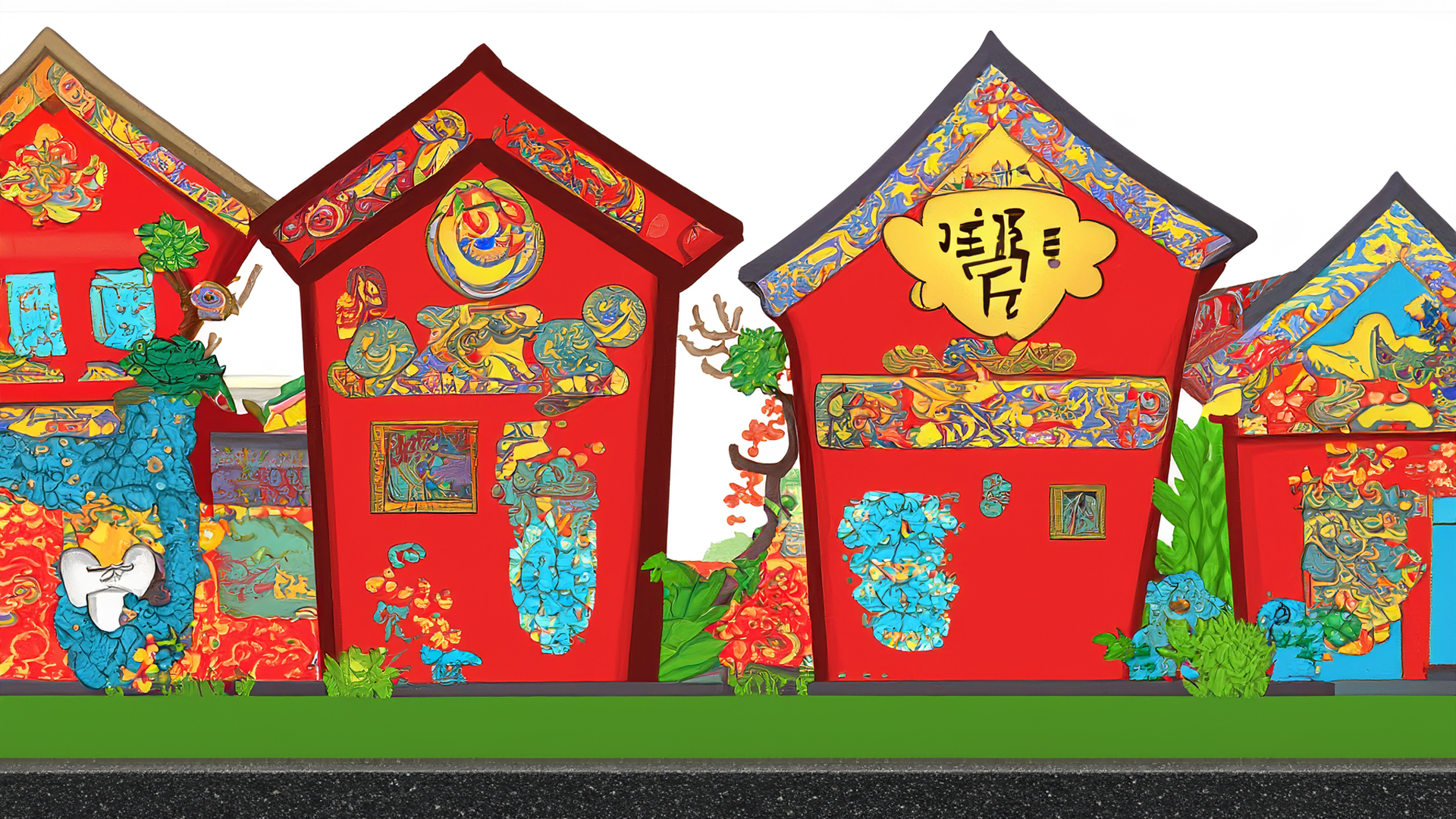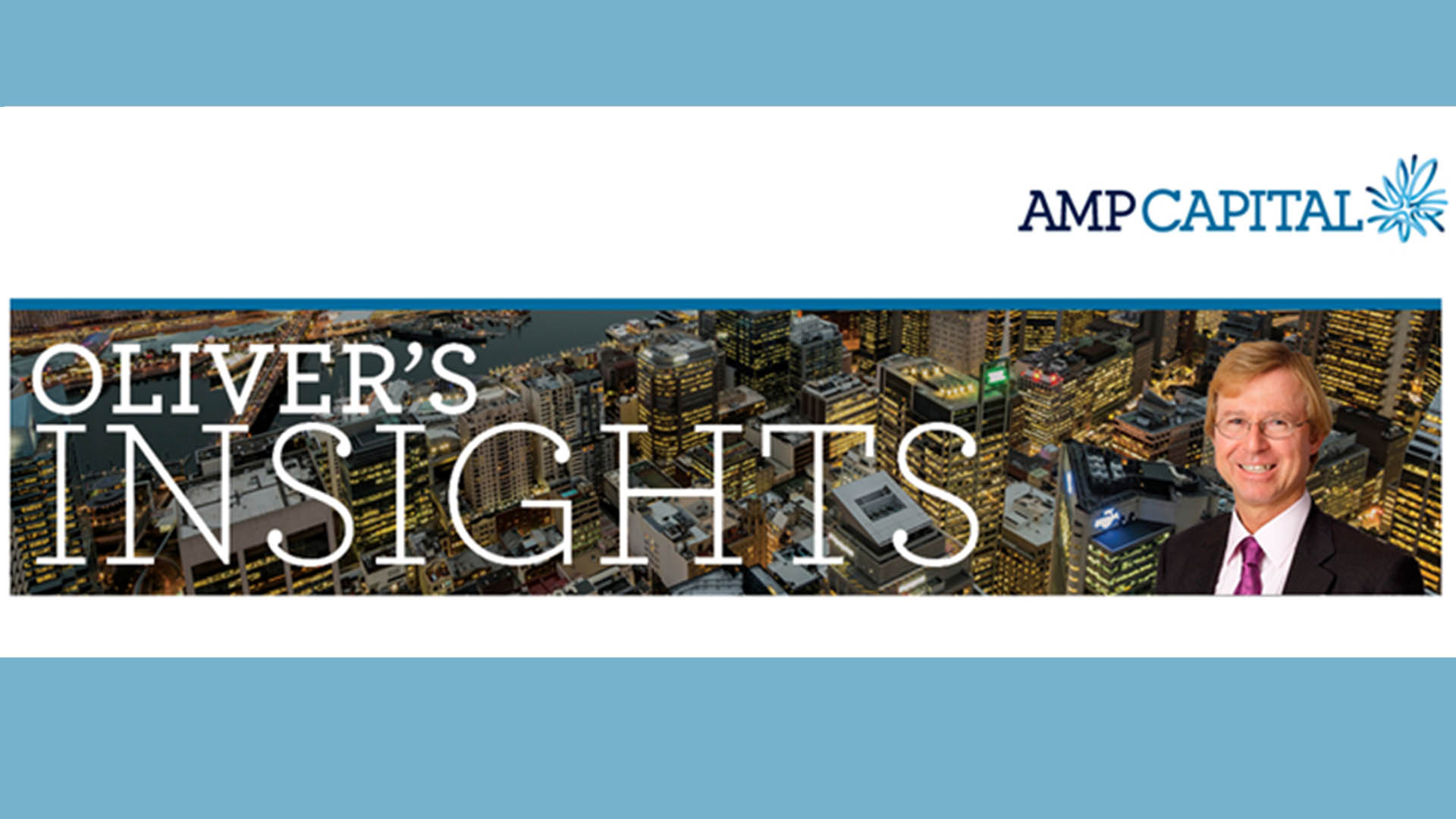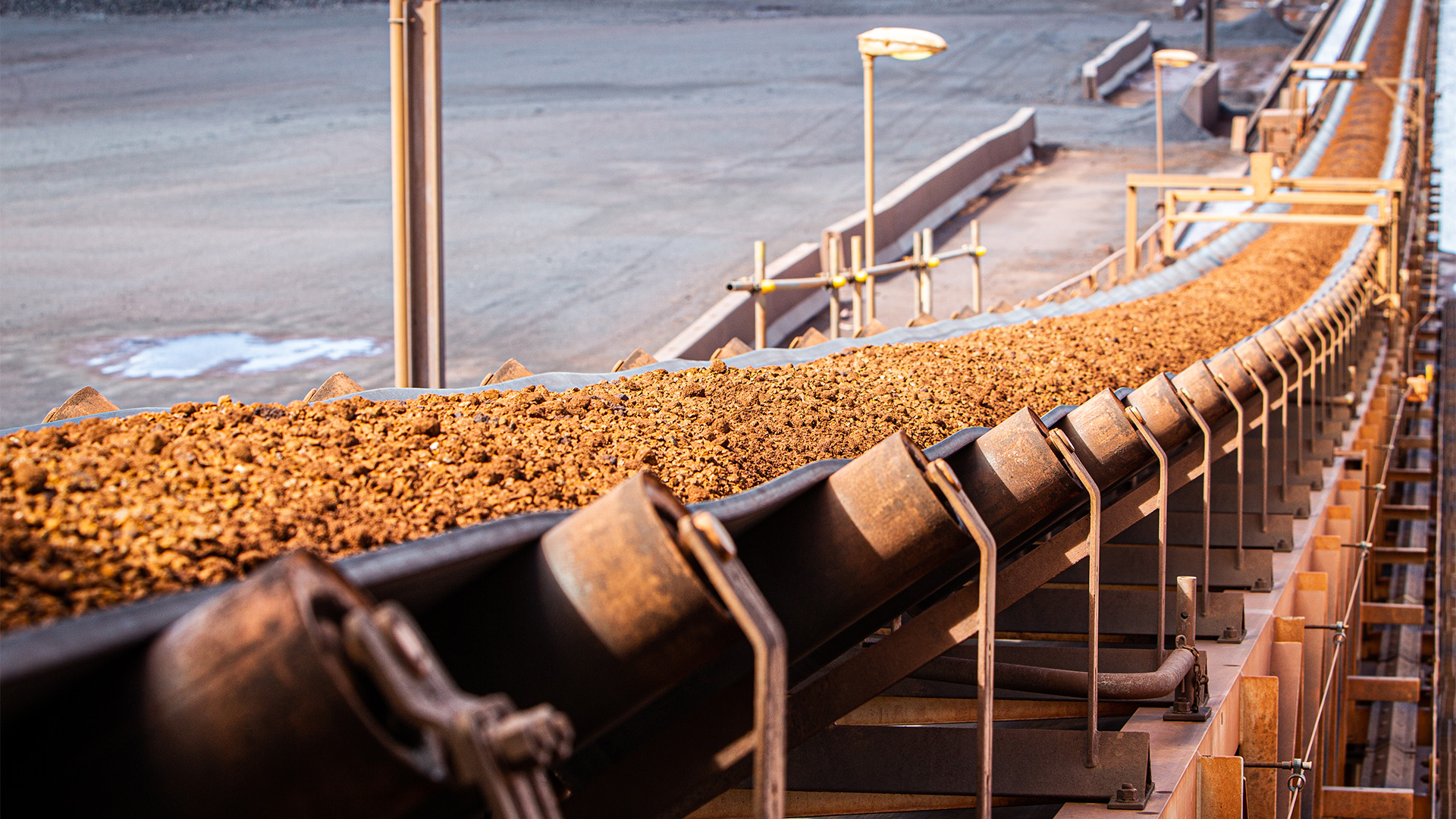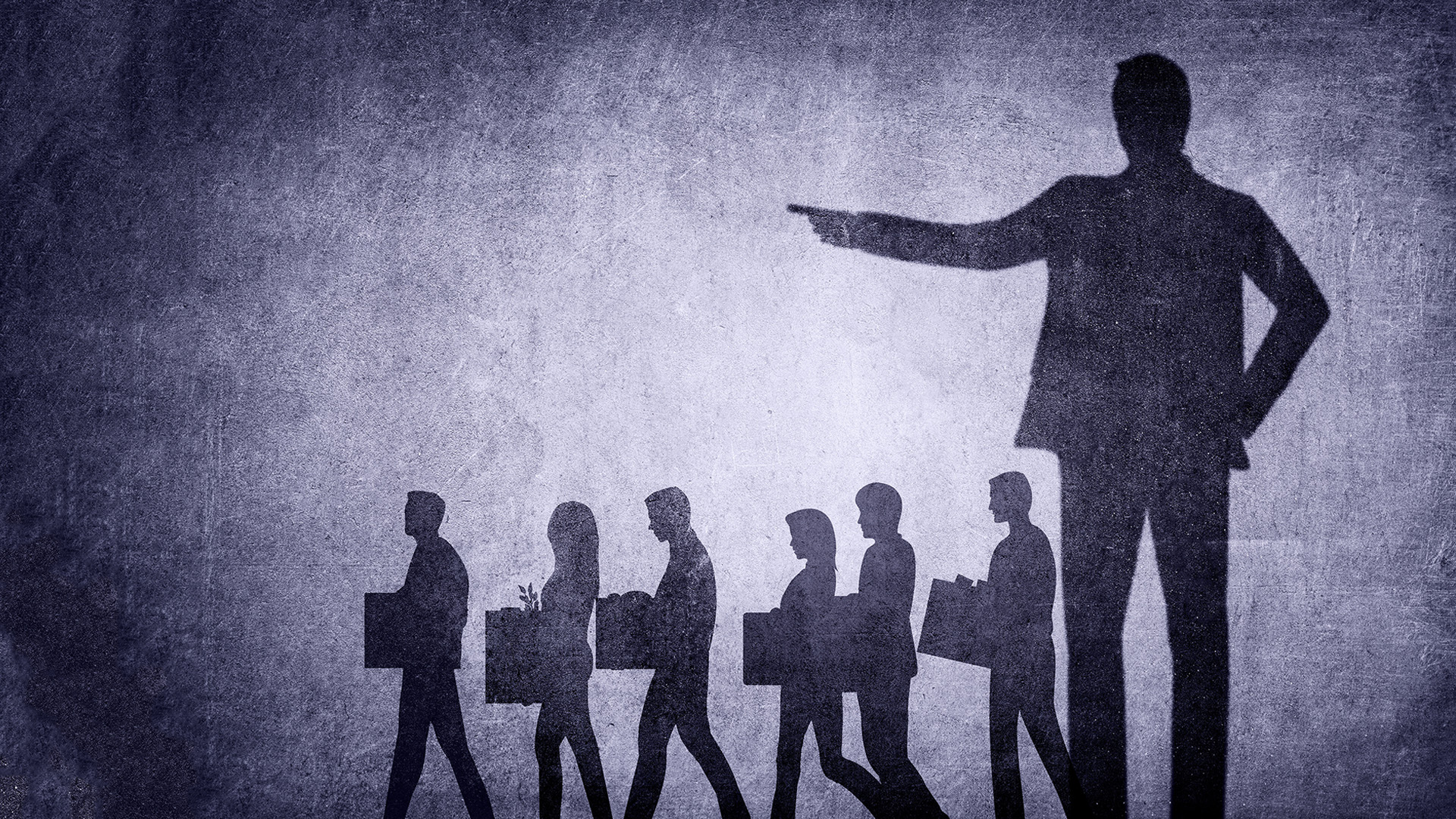A day after it was revealed wages fell behind the cost of living in the year to June, data from the Australian Bureau of Statistics showed the nation’s jobless rate fell to its lowest level in 13 years at 4.6%.
But that was highly misleading and not a real reflection of what happened to the labour market as it was before the full impact of the rolling series of lockdowns hit the NSW and Victorian economies.
And the intensity of those lockdowns, plus a briefer closure in southeast Queensland has disrupted the jobs market and made the picture painted in the July Labour Force report look out of touch.
The July jobs report from the Australian Bureau of Statistics (ABS) revealed the jobless rate dropped by 0.3 percentage points in July to 4.6%.
The last time it was this low was in December 2008 (just as the GFC was enveloping the Australian and global economies, which every commentator failed to note)
But the figures were heavily skewed by definitional and timing issues in the collection of the data and then its reporting as well as the impact of lockdowns.
The jobless rate fell because of a fall in the participation rate to 66% as people left the labour market and stopped looking for work, which was completely understandable in Sydney and parts of NSW.
Just 2,200 jobs were created in the month as the participation rate fell and hours worked fell 0.4% nationally because of a 7% slump in NSW.
It is in NSW where most of the problems with the data occurred.
The state’s jobless rate tumbled by 0.6 percentage points to 4.5%, its lowest rate since before the pandemic as the labour market shrank.
However, total employment across NSW fell by 36,400 or 0.9% while the underemployment rate jumped by 2.1 percentage points to 9.3 per cent.
The state’s total labour force dropped by 64,000 and that’s a precursor to a bigger fall in August as 230,000 people moved onto support packages from the federal government but remained on zero hours.
NSW’s participation rate slumped by a full percentage point to 64.9% in July and undoubtedly fell further in August.
And while the position in Victoria looked a lot better that too was misleading because the survey was taken at a time when the state was between the end of one lockdown and the start of another that has since deepened with the Delta variant proving hard to keep down.
Victoria’s jobless rate was steady at 4.5% last month but its underemployment rate fell by 1.9 percentage points to 8.2% and total employment grew by 0.5%.
The head of labour statistics at the ABS, Bjorn Jarvis, cautioned against reading too much into the big fall in the jobless rate.
“The fall in the national unemployment rate in July should not necessarily be viewed as a sign of strengthening in the labour market – it’s another indication of the extent of reduced capacity for people to be active in the labour market, in the states with the largest populations,” he said.
AMP Chief economist Shane Oliver warned that the worst was yet to be seen.
“Going forward we expect the NSW and Victorian lockdowns to result in a sharp fall in employment (possibly of around 2% or around 300,000 jobs) in August and September, but the bigger impact showing up in a 6% or so fall in hours worked as more people indicate that they are on reduced or zero hours.
“The number of workers on zero or reduced hours for economic reasons has started to rise – but is likely to have moved a lot higher in August,” he said in a note analysing the jobs report on Thursday.
The mixed-up labour force data came a day after the very weak wage data for the June quarter and the year to June showed that millions of workers lost ground because wage growth fell far behind the rise in the cost of living.
Inflation rose 3.8% in the year to June while the Wage Price Index rose 1.7% meaning the financial position most of the 13.1 million Australian work force went backwards.
The fall in real wages, of 2.1% is more than the actual rise in the WPI.
In fact it was the largest cut in the purchasing power of their wages in 20 years – since the GST.
The Australian Bureau of Statistics said the June quarter Wage price Index showed a 0.4% rise from the March quarter.
While that was less than the 0.5% quarter on quarter rise forecast by economists and the 1.8% annual rise, it was also half the 0.4% rise in the CPI in the three months to June.












